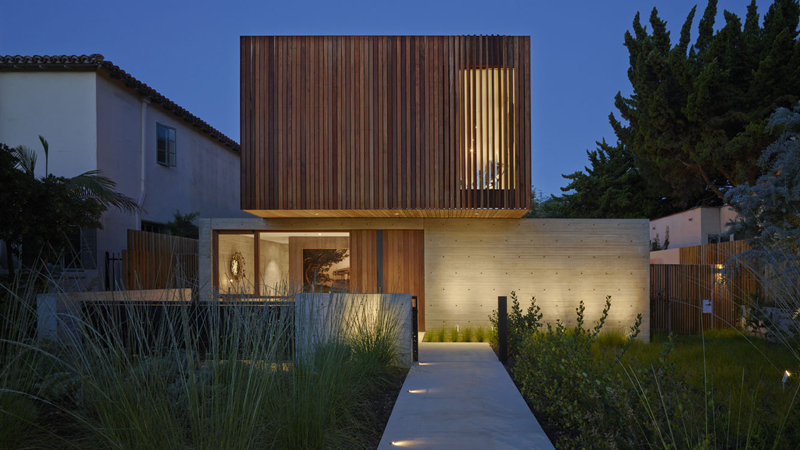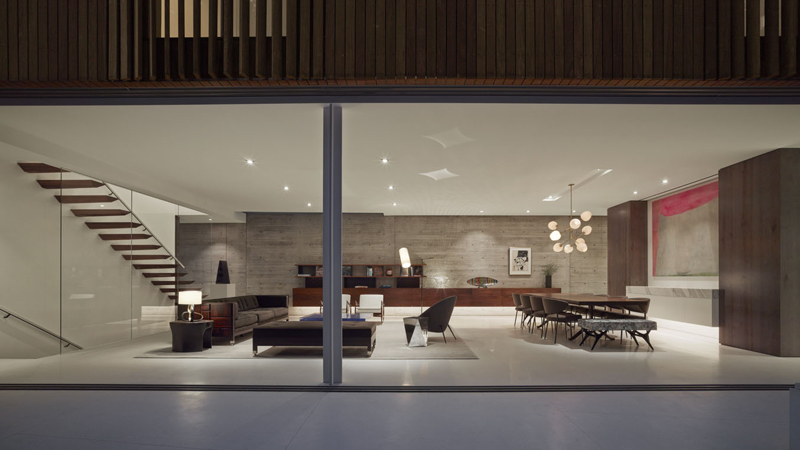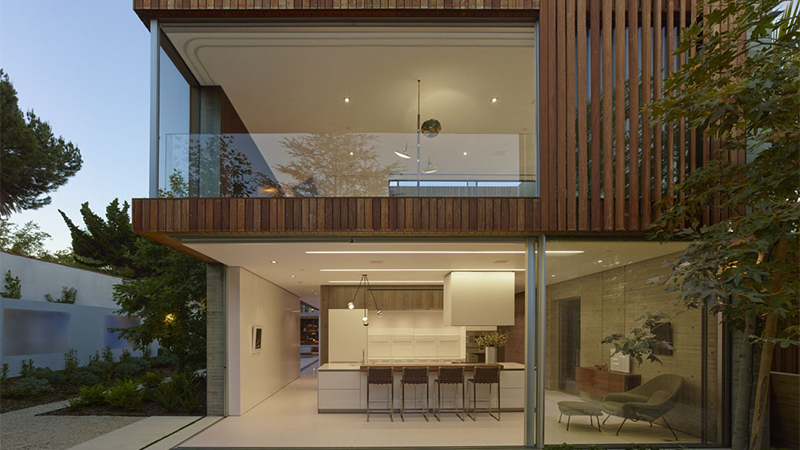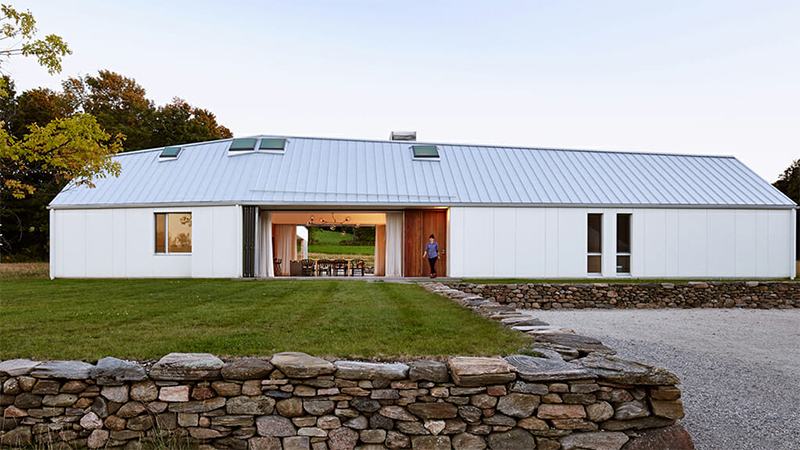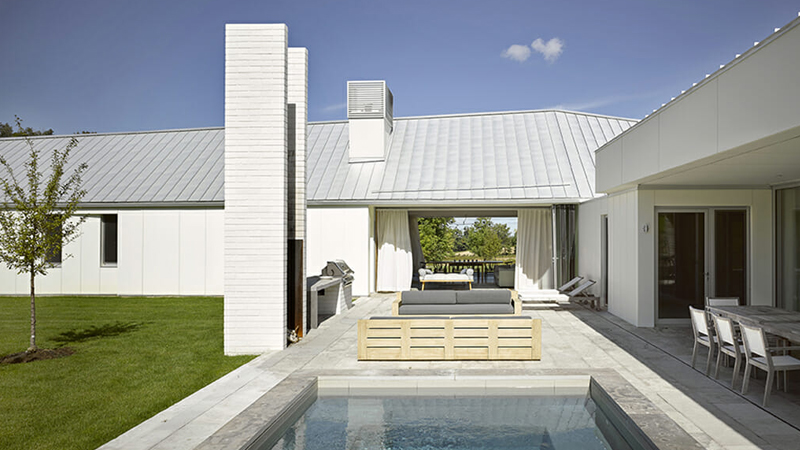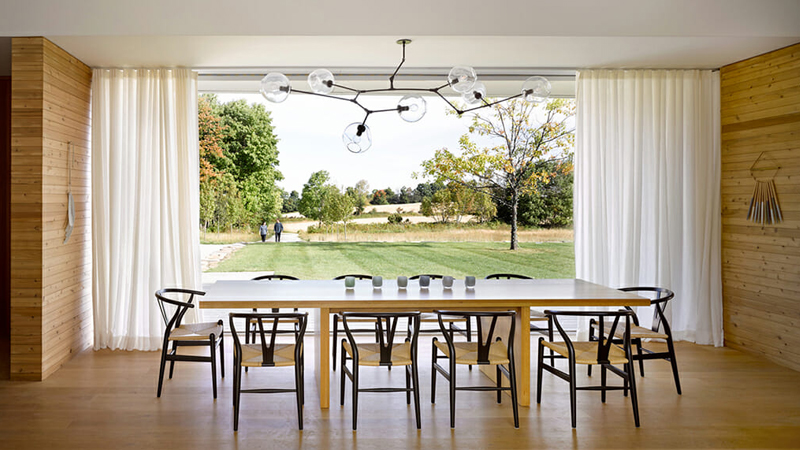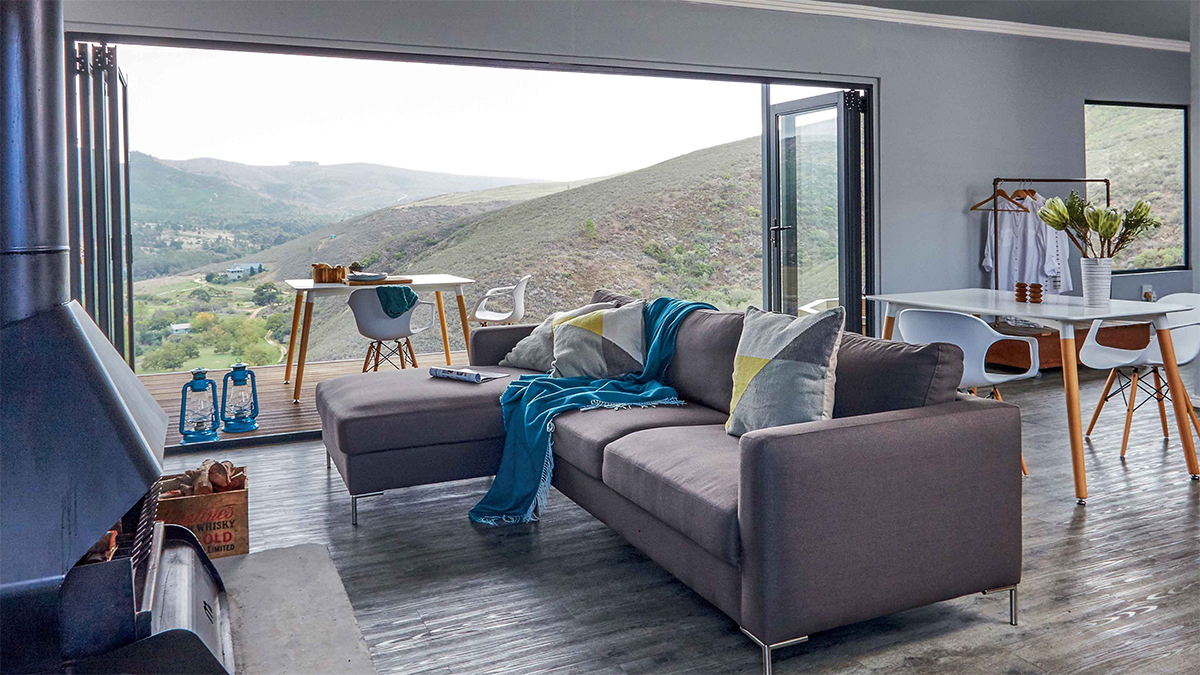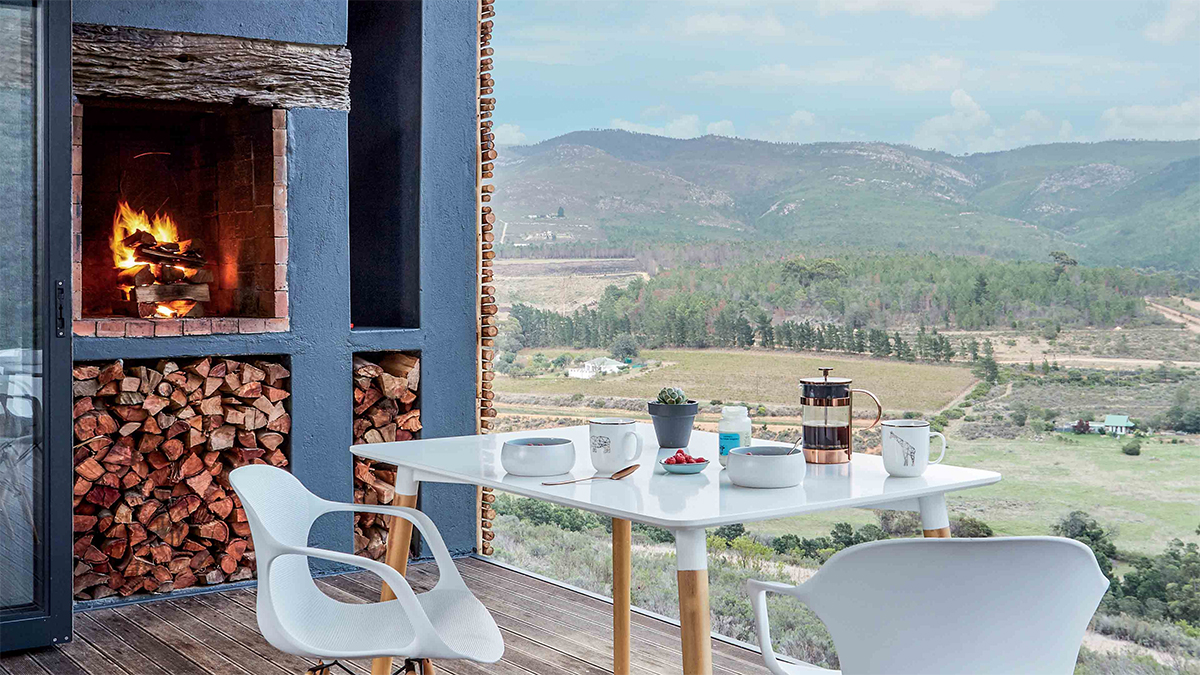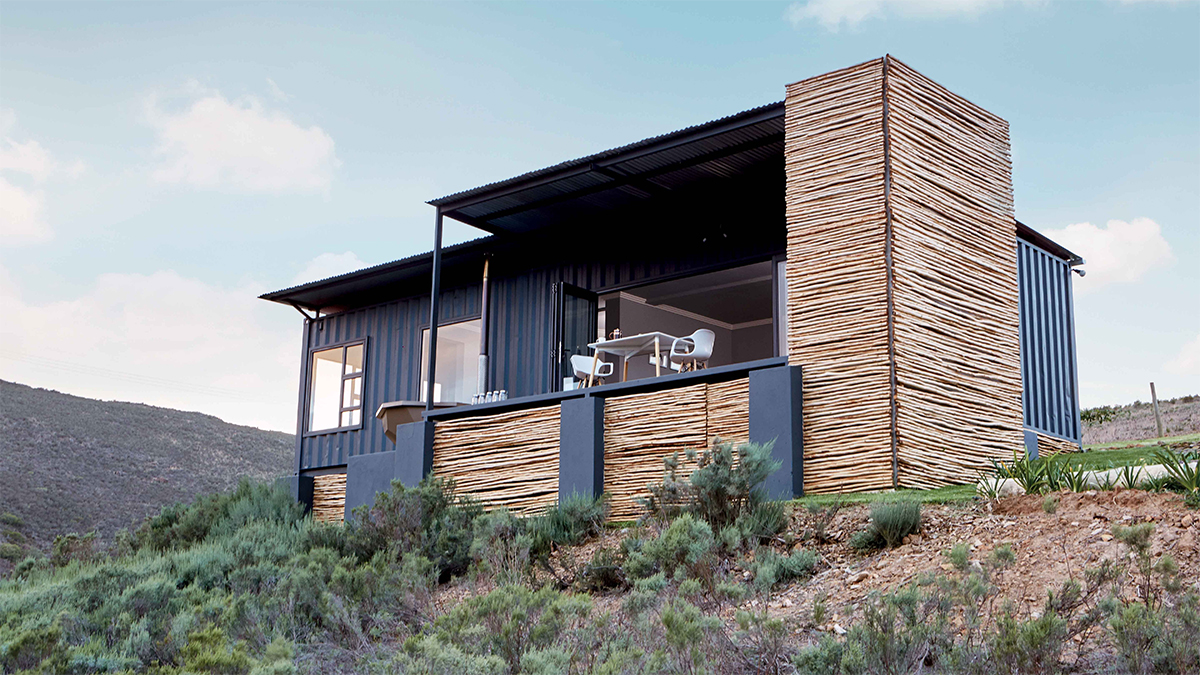Just in time for Earth Day, here’s a look at three of our favorite stylish eco-friendly homes from around the world.
Taslimi Residence (Santa Monica, California)
Achieving the designation of LEED Platinum is no small feat, but Fleetwood Fernandez Architects was able to make it happen with Taslimi Residence. From demolition of the old home right down to the faucets, every last detail had to be carefully considered to ensure the home met the highest in sustainability standards. Living an eco-friendly life was critical to the owners, and Fleetwood Fernandez took this to heart. Waste was diverted from landfills, landscaping was created using only indigenous plants, and windows were carefully placed to not only take advantage of great views but allow for natural light and temperature control. This house was so advanced, they even discovered a flaw in the LEED point system. The architects developed a way to naturally air condition the home, something LEED does not account for and therefore no points were awarded for this ingenious system. Ultimately, it didn’t matter — the home is ultra eco-friendly and was easily awarded the Platinum seal.
Compass House (Ontario, Canada)
Old traditions and modern style combine to create this stunning LEED Gold weekend home in the Niagara Escarpment. Compass House, the brainchild of architectural firm Superkül, was built to take full advantage of the surrounding landscape. A grove of trees on one side acts as protection from the wind. Inspired by traditional long homes, Compass House is made up of two perpendicular sections that create an intimate outdoor courtyard for the family to gather. Inside, the home’s contemporary finishes aren’t just sleek, they are all Earth-friendly. White oak and white cedar create warm, welcoming spaces that are naturally ventilated and flooded with natural light. The green materials on the exterior — cement board siding, aluminum windows, and a steel roof — helped earn the home enough points to become LEED Gold certified.
Copia (Cape Town, South Africa)
Located on a family farm in South Africa, Copia is a set of luxurious eco-cabins that are completely off-grid. To look at the cabins, you would never know they are converted shipping containers. The modern exterior and sleekly adorned interior make Copia feel like a built-from-scratch home. Plenty of windows not only allow for jaw dropping views of the surrounding farm and rolling hills, they allow natural light to flood each room, keeping energy usage down during the day and allowing heat to build ensuring the cabin stays a comfortable temperature at night. Powered by the sun, the two cabins feature an open living space with kitchenette, a minimalist bedroom, and a spacious bathroom. Outside, there are wood fired hot tubs and grills connected by a spacious, open patio. The most exciting part about Copia? These cabins are available for vacation rentals — a perfect way to spend your Earth Day weekend.
